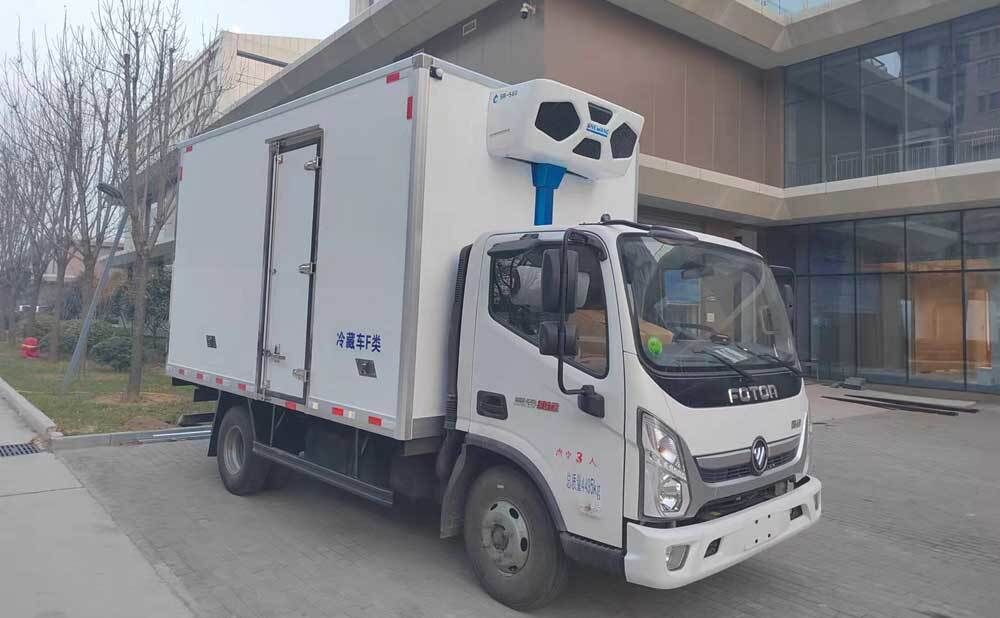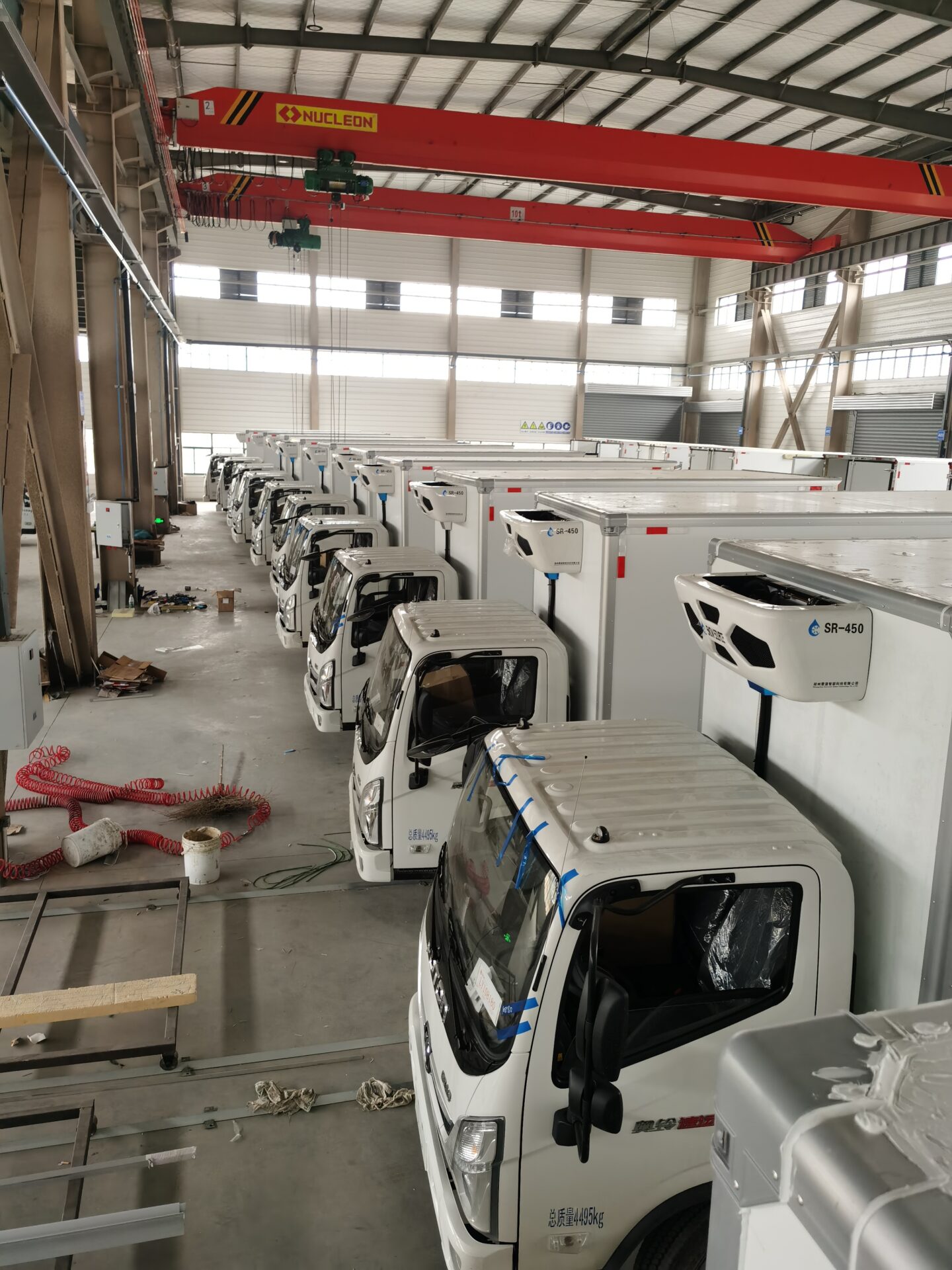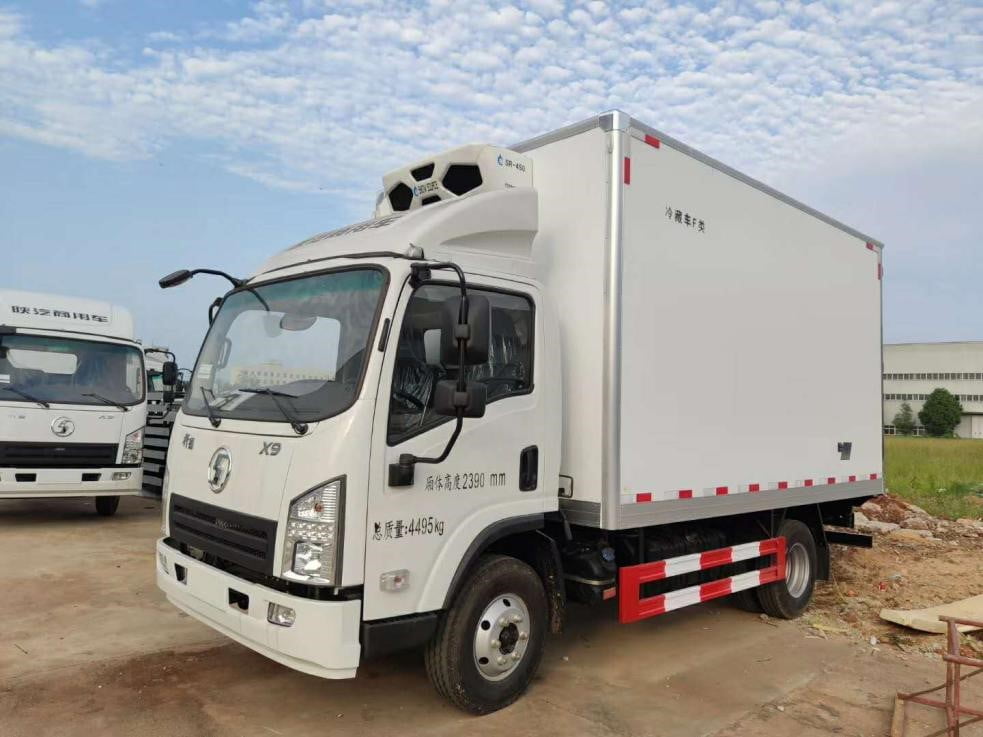The box truck refrigeration unit is a crucial piece of equipment for any business that requires the transportation of temperature-sensitive goods. Whether you’re in the food industry, pharmaceutical sector, or any other field where maintaining a specific temperature is essential, having a reliable and efficient refrigeration unit is paramount.
In this comprehensive guide, we’ll explore the ins and outs of the box truck refrigeration unit, from its basic working principles to tips for maintaining optimal performance. Let’s dive in!
Working Principles of a Box Truck Refrigeration Unit
A box truck refrigeration unit typically consists of a compressor, condenser, evaporator, and expansion valve. These components work together to create a closed-loop refrigeration system that cools and maintains the desired temperature within the truck’s cargo area.
The compressor pumps refrigerant gas through the system, compressing it and raising its temperature. The hot gas then flows through the condenser, where it is cooled by ambient air or a cooling fan. As the gas cools, it condenses into a liquid.
The liquid refrigerant then passes through the expansion valve, which reduces its pressure and temperature. This cold liquid refrigerant enters the evaporator, where it absorbs heat from the cargo area, effectively cooling it down. The refrigerant gas is then recycled back to the compressor, completing the cycle.
Choosing the Right Box Truck Refrigeration Unit
When selecting a box truck refrigeration unit, there are several factors to consider. The size of your truck and the volume of cargo you typically carry will determine the capacity of the refrigeration unit you need. Additionally, the specific temperature range required for your goods is crucial in selecting the right unit.
Other considerations include the unit’s energy efficiency, durability, and maintenance requirements. It’s also essential to ensure that the refrigeration unit is compatible with your truck’s power system and has the necessary safety features.
Maintenance and Troubleshooting
Regular maintenance is key to ensuring the long-term performance of your box truck refrigeration unit. This includes checking the refrigerant levels, cleaning the condenser and evaporator coils, and inspecting the electrical connections.
If you encounter any issues with your refrigeration unit, it’s essential to troubleshoot the problem promptly. Common issues include refrigerant leaks, compressor failure, and electrical malfunctions. A thorough understanding of the unit’s working principles and access to the right tools and replacement parts can help you resolve these issues quickly and efficiently.
Conclusion
The box truck refrigeration unit is a crucial component for businesses that require temperature-controlled transportation. By understanding its working principles, selecting the right unit for your needs, and maintaining it properly, you can ensure the safe and efficient delivery of your temperature-sensitive goods.
Remember, regular maintenance and prompt troubleshooting are key to maximizing the lifespan and performance of your refrigeration unit. With the right tools and knowledge, you can keep your box truck refrigeration unit running smoothly and efficiently for years to come.
This guide provides a solid foundation for understanding and maintaining your box truck refrigeration unit. Whether you’re a seasoned professional or just getting started in the field, this information will help you keep your cargo cool and your business running smoothly.




